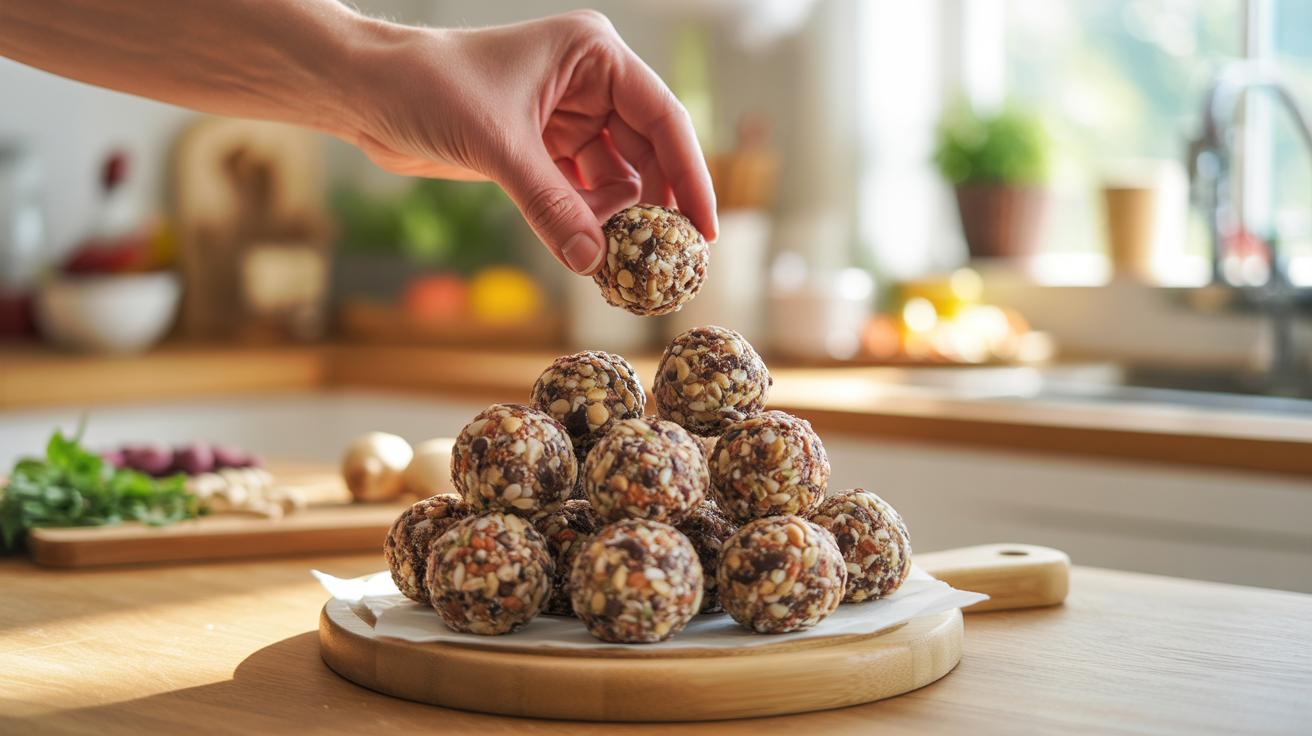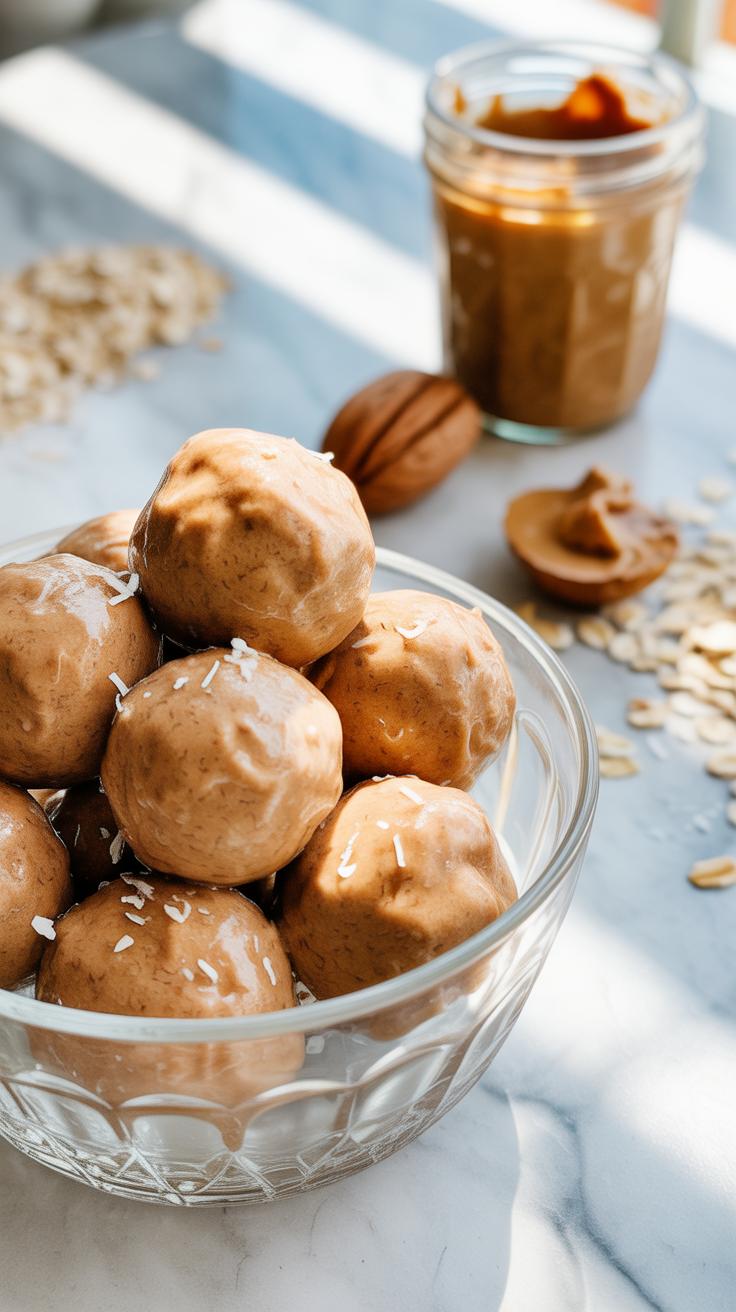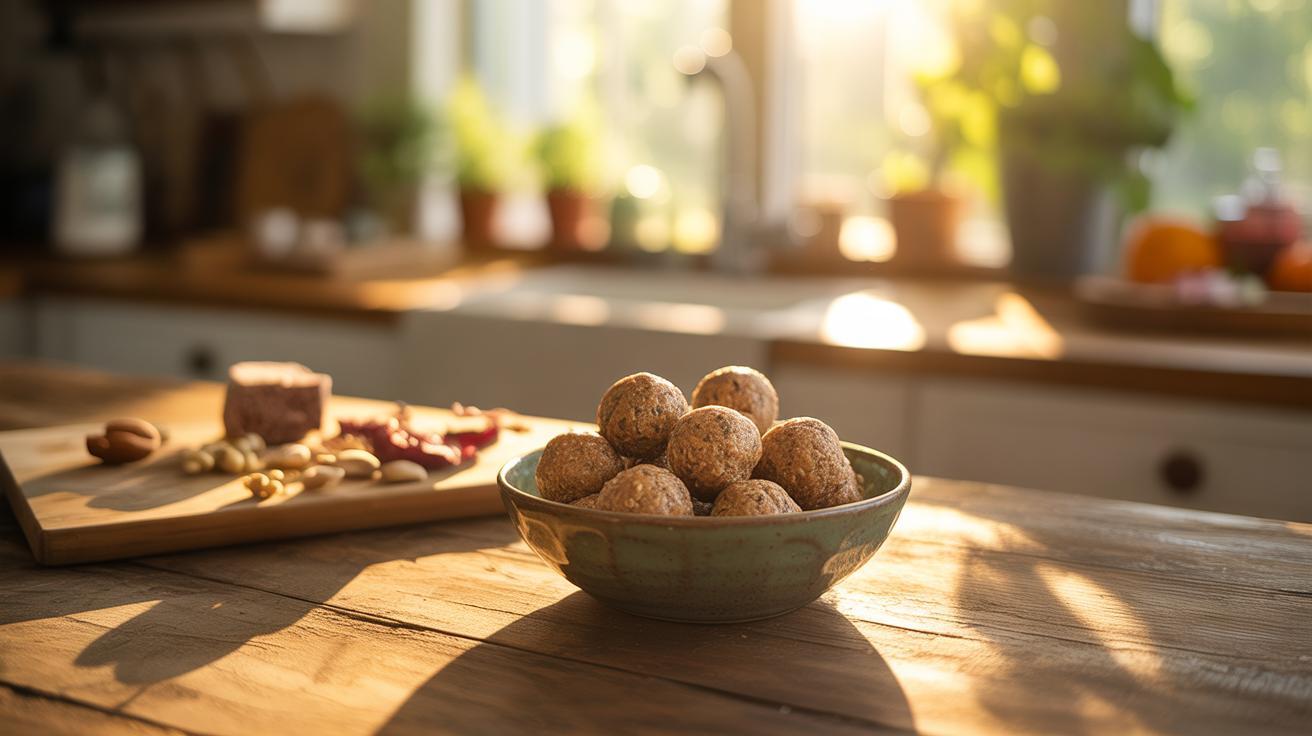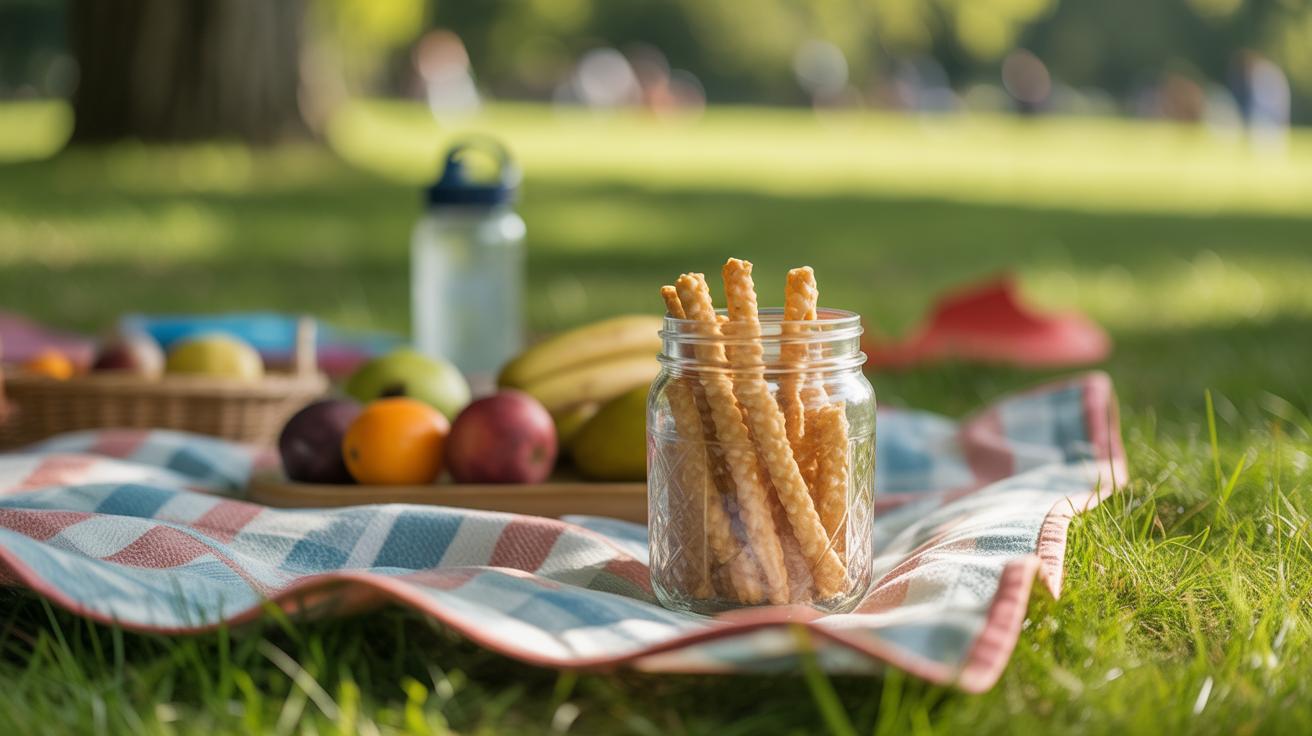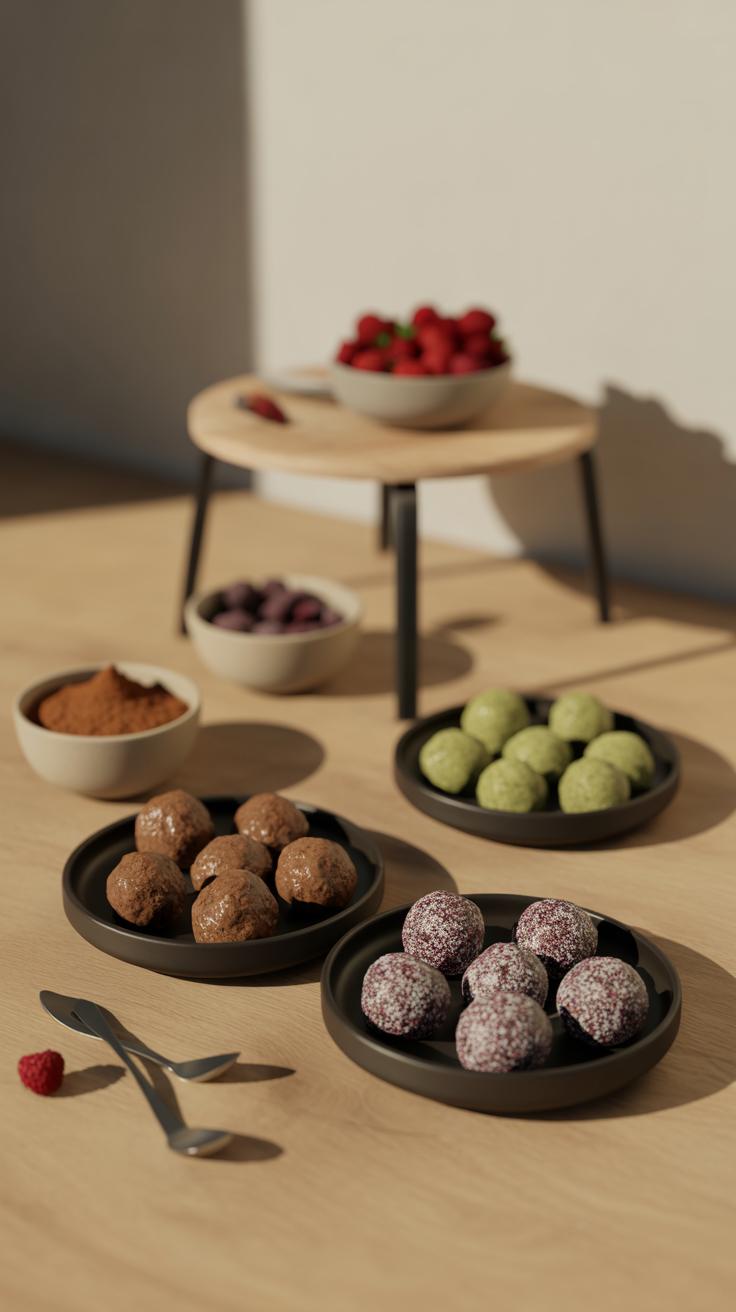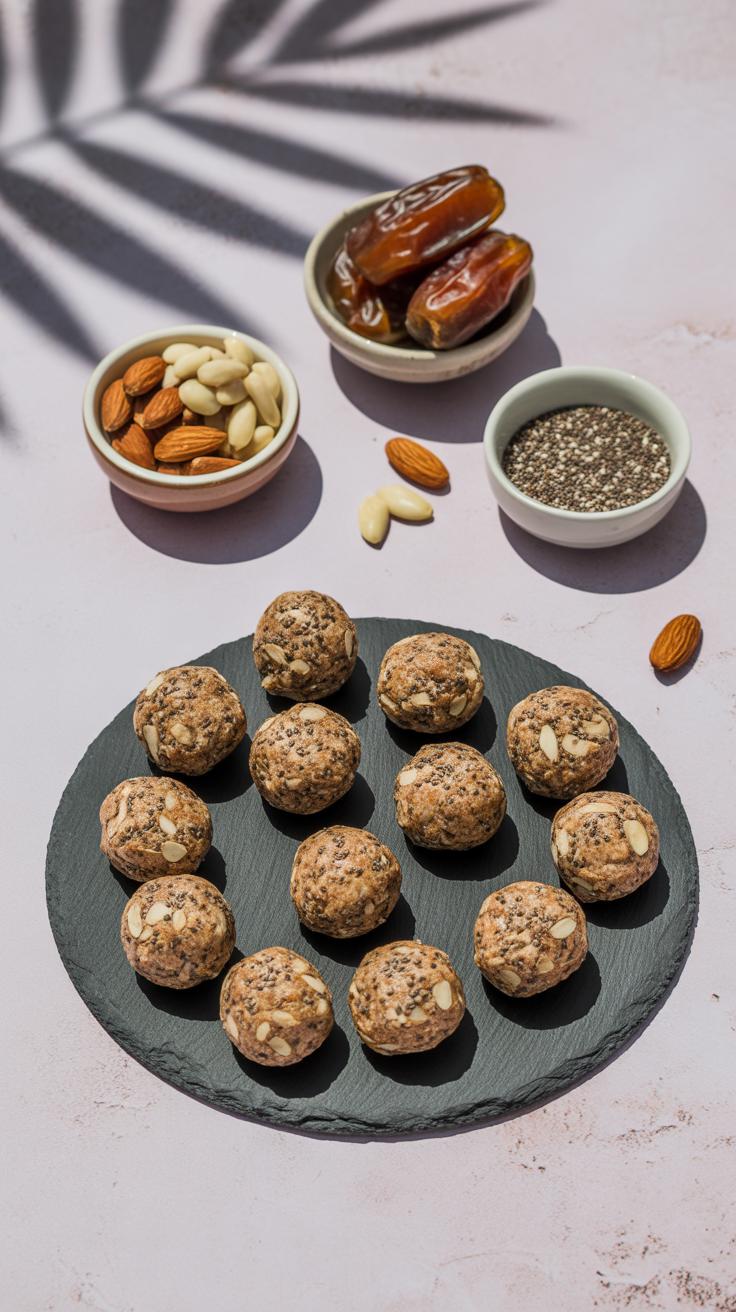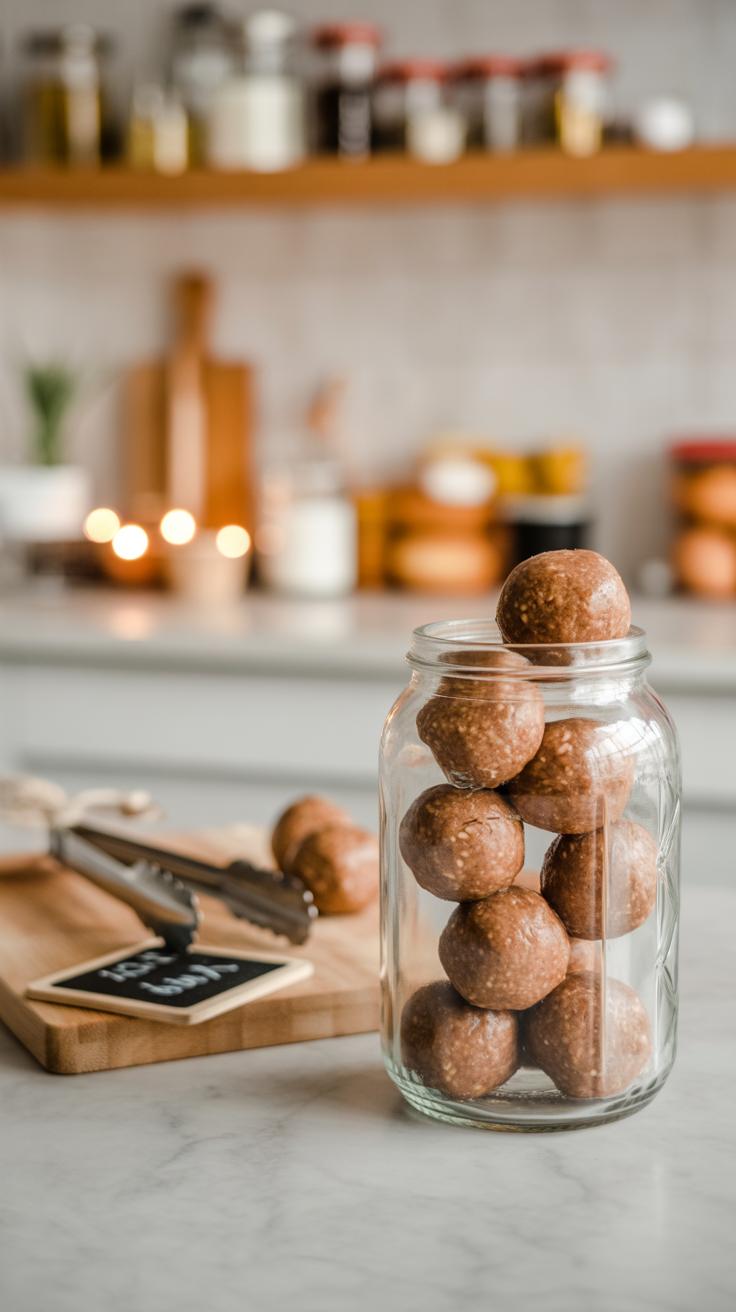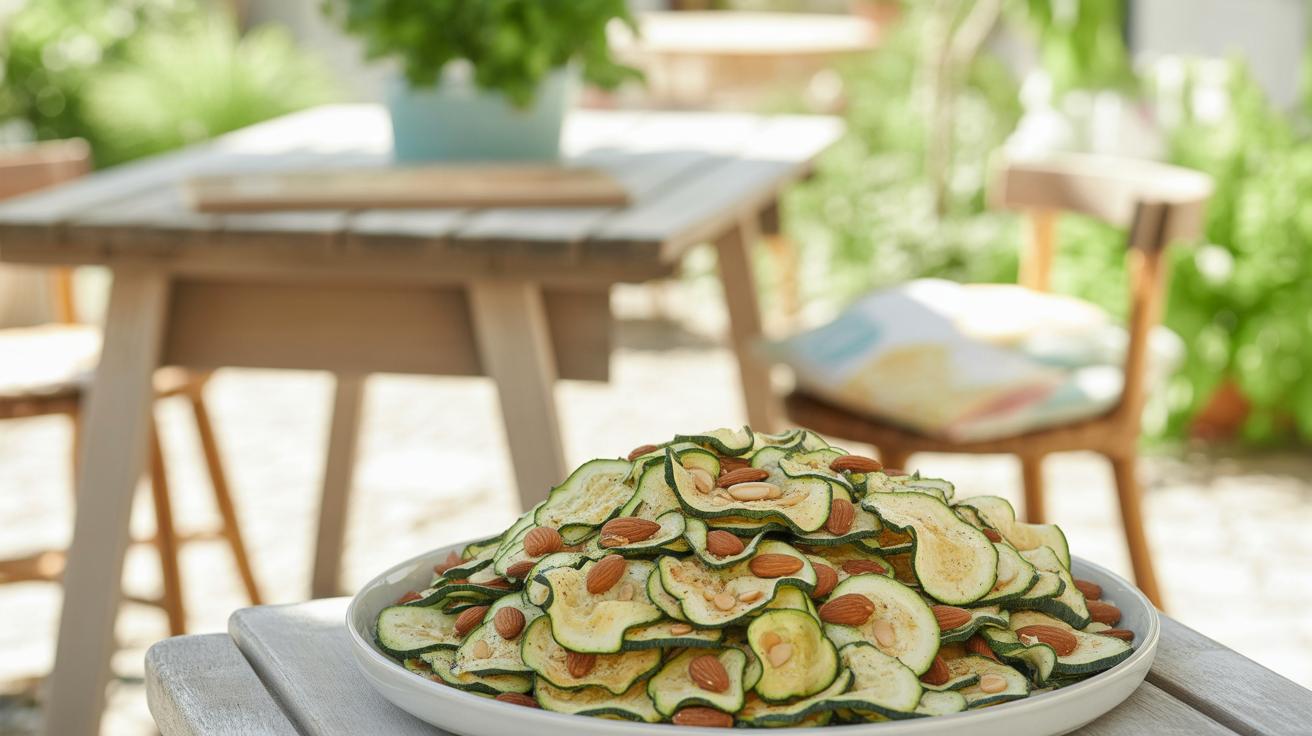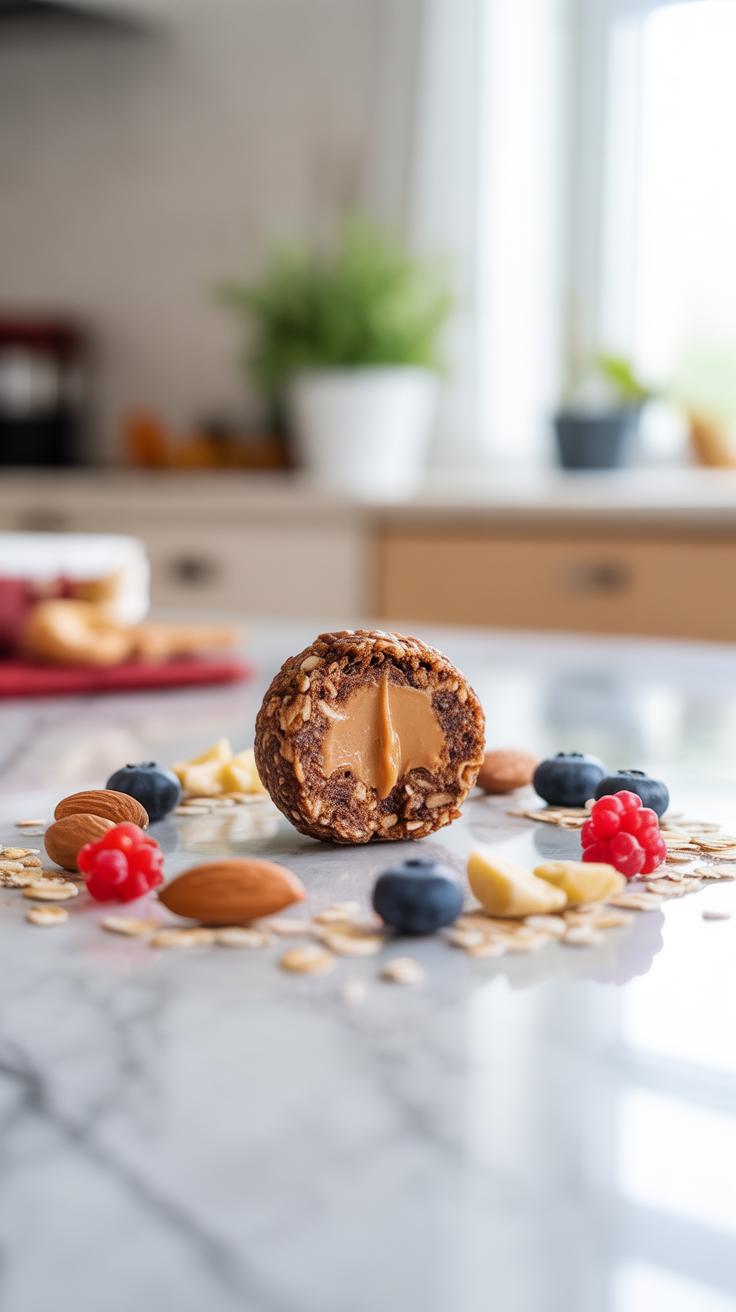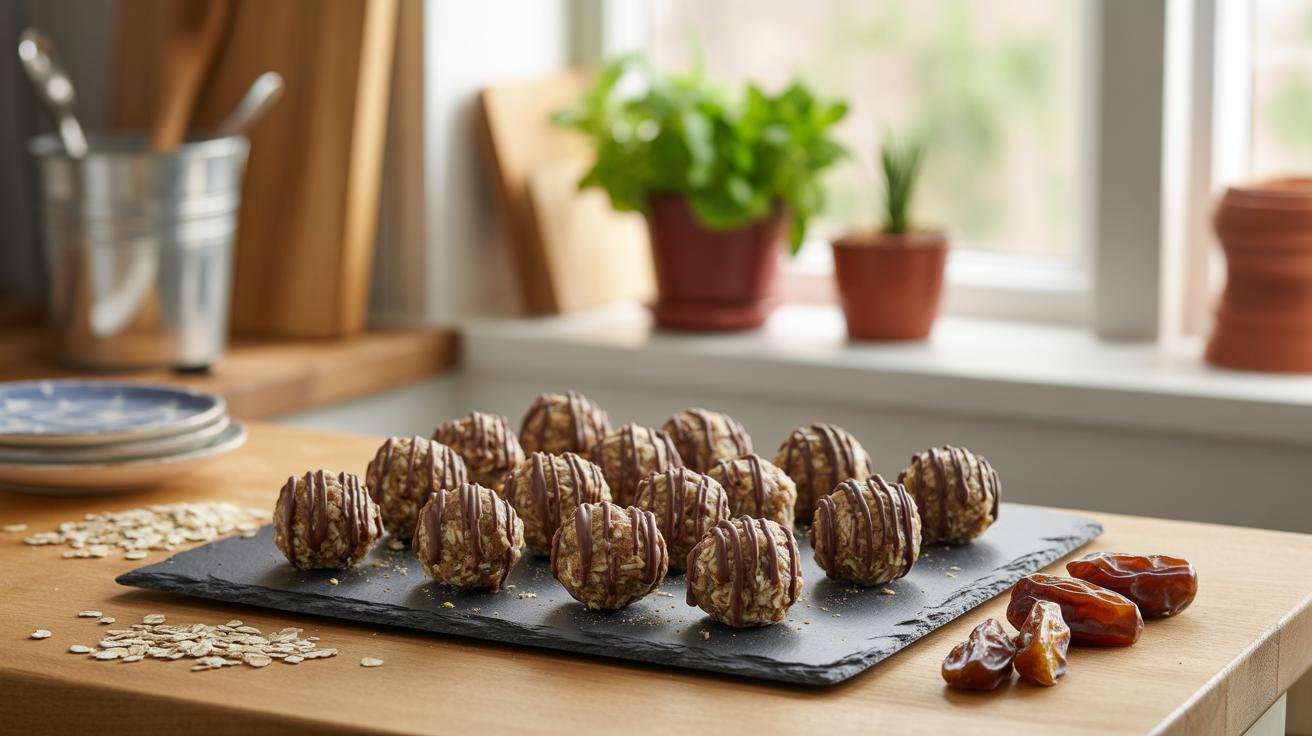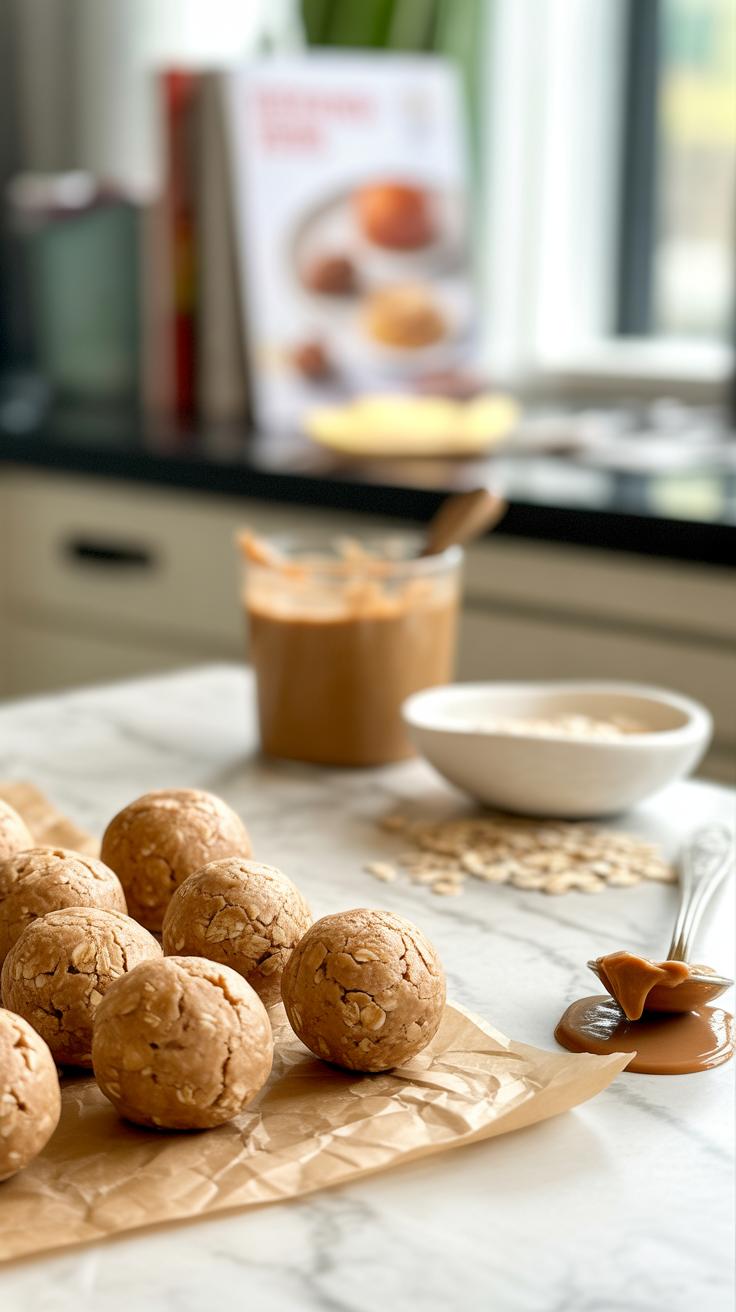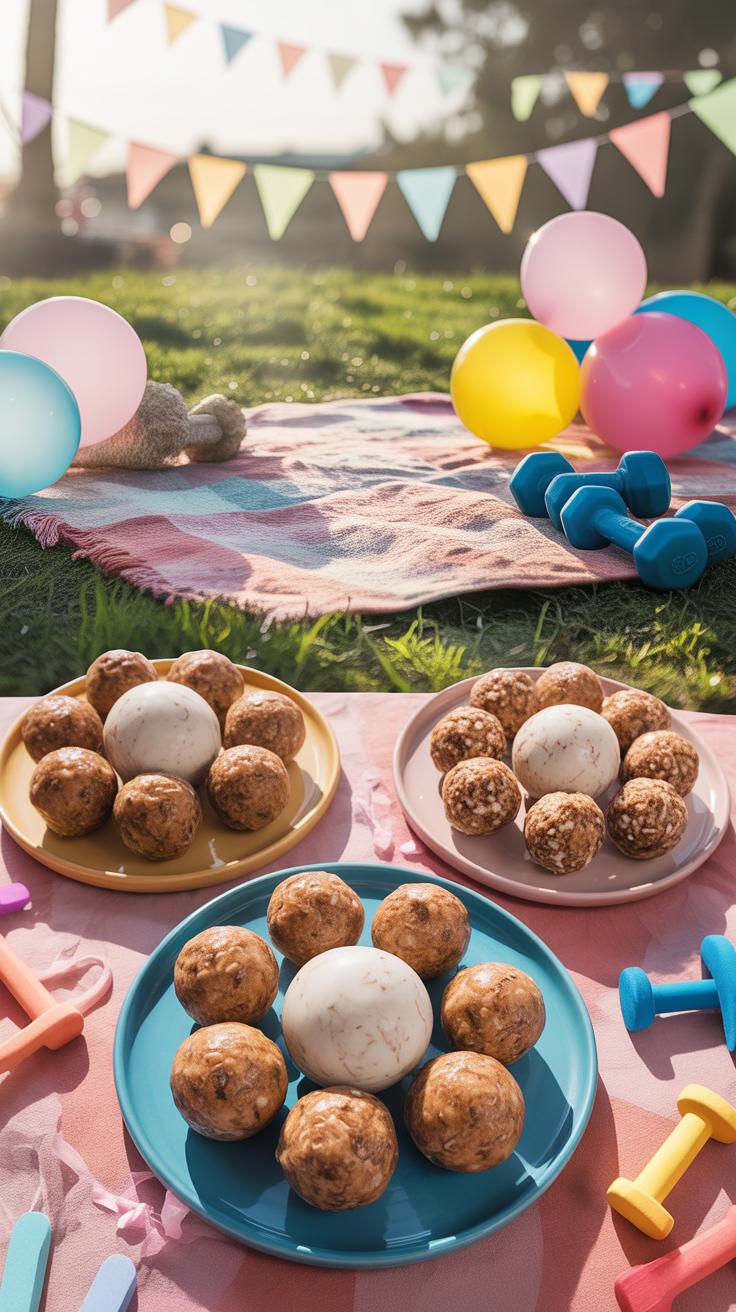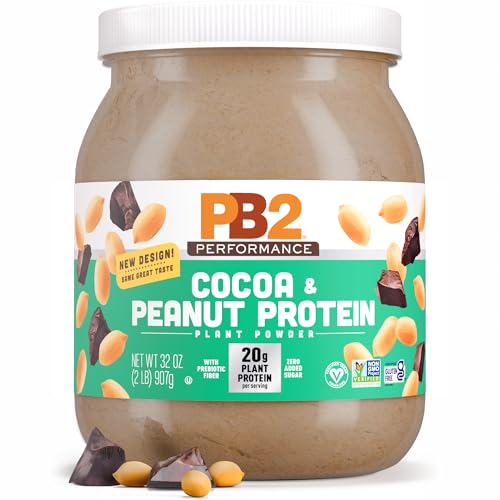Introduction
Protein balls are small, nutritious snacks that you can make at home with simple ingredients. They are perfect for a quick energy boost or a healthy snack during the day. In this article, you will find top protein balls recipes to suit every taste, whether you like chocolate, nuts, fruits, or seeds.
We will explore easy protein ball recipes and show you how to pick the best ingredients. You will learn tips for making your protein balls tasty, healthy, and perfect for your needs. By the end, you will be ready to create your own delicious protein balls!
Simple NoBake Protein Ball Recipes
You don’t need a fancy kitchen or hours to whip up tasty protein balls. No-bake recipes are perfect for busy days or when you’re just not in the mood to heat things up. The beauty lies in mixing a few wholesome ingredients and rolling them into bite-sized balls. The process is straightforward and doesn’t require baking, which means you can enjoy your treat shortly after making it – if you can resist snacking on the dough first.
Take this basic recipe for instance:
- 1 cup rolled oats
- ½ cup nut butter (like peanut or almond)
- ¼ cup honey or maple syrup
- ½ cup protein powder (choose your favorite type)
- Optional mix-ins: chocolate chips, dried fruits, or seeds
All you do is combine these ingredients in a bowl, stir until well mixed, then form small balls. Pop them into the fridge for about 30 minutes to set. That’s it. You’ll find they hold together well and offer a satisfying balance of chewy and soft. Depending on what protein powder or nut butter you pick, the flavor will shift, which is part of the fun.
If you want a little crunch, try adding chopped nuts or seeds directly to the mix before rolling. Or substitute honey for dates blended into a paste for a different kind of sweetness. The no-bake method leaves so much room to experiment with textures and flavors without needing special equipment or hours of prep.
Would you expect such simple combinations to produce something so nourishing? It’s one of those surprising kitchen wins that, honestly, almost anyone can pull off on a random weekday.
Classic Peanut Butter Protein Balls
Peanut butter fans, this one’s for you. The combination of creamy nut butter, chewy oats, a touch of honey, and protein powder makes for a quick snack that feels indulgent but fuels your day well.
- 1 cup peanut butter (smooth or crunchy, your call)
- 1 cup rolled oats
- 1/4 cup honey
- 1/2 cup protein powder (vanilla or plain works best)
Start by mixing the peanut butter and honey together until smooth. Then, add oats and protein powder. Stir everything well until the mixture sticks together—if it feels too dry, a splash of water or almond milk helps. Roll into golf-ball-sized bites, pop them in the fridge for 20 minutes, and you’re set. That’s all there is to it. Easy, right?
Chocolate and Dates Delight
If you want something with a bit of natural sweetness but still packed with protein and fiber, try these chocolate and dates balls. The dates give a caramel-like sweetness, balanced by cocoa powder and crunchy nuts.
- 1 cup pitted dates
- 1/4 cup cocoa powder
- 1/2 cup mixed nuts (walnuts, almonds, or your favorite)
- 1/2 cup protein powder (chocolate or plain)
Blend the dates in a food processor until smooth—this part is key because it binds everything together. Then, add cocoa, nuts, and protein powder. Pulse a few times until everything combines but keeps some texture. Shape into balls, place them in the fridge, and wait for them to firm up. They’re a little richer than the peanut butter kind, but I think that’s the appeal.
How to Customize Flavors in Your Protein Balls
Changing up the flavor of your protein balls can be surprisingly simple—and fun. You don’t always need to add extra sugar or calories to make them taste great. Sometimes, a small pinch of spice makes all the difference. Spices like cinnamon, nutmeg, or a splash of vanilla extract bring depth and warmth without affecting your nutrition much. For instance, I once added cinnamon to a basic peanut butter protein ball mix and found it instantly felt more comforting, almost like a cozy treat.
Fresh or dried fruits also shift the taste and texture in interesting ways. Think about folded-in raisins, tart cranberries, or even bursts of dried blueberries. They offer both a chewy surprise and nutrients—fiber, antioxidants, natural sweetness. If you try dried cherries, the tartness can balance a sweeter base, while fresh banana mash can keep things moist and mellow. Sometimes it feels tricky to strike the right balance—you want enough fruit to flavor, but not so much that it makes your balls mushy or overly sweet.
Nut butters play a big role too. Switching from smooth almond butter to a chunkier cashew or even sunflower seed butter changes the flavor profile completely. The nut butter you choose can also affect the nutrition—some have more protein or healthy fats than others. Play around with combinations, but keep an eye on how those swaps impact texture and taste. You might find your favorite twist by accident.
Vegetarian and Vegan Protein Ball Options
Making protein balls that fit vegetarian or vegan diets means turning to plant-based protein powders and natural sweeteners, which can sometimes feel limiting at first. But really, there’s quite a bit you can use that keeps things tasty and wholesome without relying on animal products. Pea protein and hemp protein are solid go-tos, offering a good bite of protein and texture. Pea protein feels a bit neutral, blending well, while hemp has an earthier note that some enjoy but might not suit every palate.
Other options like brown rice protein or pumpkin seed protein can also work, especially if you want to mix powders for a more balanced profile—that’s something I occasionally do when experimenting at home. You might find the texture varies though, so a little trial is part of the process.
For sweetening and binding, many people default to maple syrup or agave nectar. These keep the protein balls moist and lightly sweet without the refined sugar edge. They pair nicely with flax or chia seeds that you whip up into a gel as an egg substitute. It’s a bit of a patient step, but flax or chia seed gel helps hold everything together just right, especially if you want that chewy consistency without egg. I sometimes overdo the seeds and end up with drier balls, so balance is key.
All these ingredients open wide room for vegan-friendly protein balls that don’t feel like you’re missing out. Have you tried mixing peanut butter with hemp protein and a drizzle of maple syrup? It’s oddly comforting. What plant-based protein are you curious to try first?
Storing and Serving Protein Balls
Storage Tips for Freshness
You might wonder how long protein balls keep their freshness once made. Storing them right can make a big difference. Generally, protein balls last about a week in the fridge, packed in an airtight container. I’ve found sealing them tightly prevents that dry-out taste that sometimes sneaks in.
Freezing is a solid option if you want to keep them for longer—think up to three months. Wrap each ball individually in plastic wrap or parchment paper before placing them in a freezer-safe bag. This prevents them from sticking together, which can be annoying when you’re craving just one or two. When you’re ready to eat, you can thaw them in the fridge overnight or just let them sit out for 20 minutes; they usually soften nicely without losing texture.
One thing that I sometimes forget: moisture can make some varieties soggy, especially those with fresh fruits or nut butters. In those cases, freezing tends to handle freshness better than refrigeration.
Creative Serving Ideas
Serving protein balls doesn’t have to be dull. They make great snacks on their own, but there’s room to get creative. Try chopping them up and sprinkling over yogurt or oatmeal; it adds a bit of texture and protein punch for breakfast.
They can also double as a quick dessert addition. Placing a ball next to a bowl of berries feels indulgent yet balanced. Or, for a bit of fun, melt some dark chocolate and dip your protein balls before chilling them again. That extra bit of richness really changes the game.
Have you ever thought about using them as a topping for smoothie bowls? I’ve done this more often than I expected, and it adds just enough bite and chewiness. Protein balls can fit into many parts of your day—sometimes it’s all about how you serve them.
Health Benefits of Eating Protein Balls
Protein balls pack a surprising punch when it comes to nutrition. They give you protein, sure, but that simple fact plays a much bigger role in your body than most realize. Protein is key for repairing tiny muscle tears after exercise, helping you recover faster and build strength over time. If you’re someone who trains regularly—or even just enjoys weekend workouts—snacking on a protein ball after your session can help jump-start the repair process.
Think about how these little bites fit into your day. They offer a concentrated source of protein without bulky portions or complicated meals. You don’t necessarily have to be a gym rat to benefit; protein also helps keep your muscles functioning optimally, which everyone needs.
Supporting Muscle Growth and Repair
Muscles need protein to bounce back after stress. Without enough of it, your recovery drags, and progress stalls. Protein balls combine things like nut butter, oats, and protein powder, which together supply the amino acids your body relies on. Eating one soon after exercise might not work miracles overnight but steady intake can make a difference over weeks.
For example, if you run or lift weights, grabbing a protein ball on your way home or after a workout is convenient and effective. It’s right there—ready to fuel repair without extra prep or fuss.
Maintaining Energy and Preventing Cravings
Beyond muscles, protein balls help with keeping energy levels stable. Their mix of protein and fats means your blood sugar isn’t zooming up and down the way it would with sugary snacks. That steadiness wards off sudden hunger spikes that’d otherwise push you toward less wholesome choices.
You might find yourself reaching less for chips or candy when protein balls are around. They offer some satiety — that feeling of fullness — which can sometimes be hard to come by between meals. So if you’ve ever felt like snacking because you’re “just bored” or “kind of hungry,” maybe a protein ball could be what you need instead. It’s not a perfect fix but worth a try. Have you noticed how you feel after eating one?
Common Mistakes When Making Protein Balls
Troubleshooting Texture Problems
One issue I’ve seen a lot is protein balls turning out too dry or crumbly. It can be frustrating—especially when you expected a nice, chewy bite. Usually, this happens when there’s not enough binder, like nut butter or syrup, or if the dry ingredients outweigh the wet. If your mixture feels powdery, try adding a spoonful of almond butter or a splash of water, but cautiously. Too much liquid can swing the other way and make the balls sticky or mushy, which is another common struggle. When they stick to your hands like glue, it’s tempting to dump in more dry mix, but that often makes the problem worse. Instead, chilling the mixture for 20 minutes can help it firm up and roll easier.
Sometimes, people rely too heavily on protein powder without balancing other ingredients, leading to unpleasant dryness. Or they skip the step of letting the mixture rest, which affects how well things bind. It’s okay if the texture isn’t perfect on the first try—you can tweak it incrementally until it feels right. Just remember, no single fix works every time.
Balancing Sweetness and Flavor
Sweetness is tricky for protein balls. Too little, and they taste bland or even bitter from the protein powder; too much, and they become like candy, overshadowing that wholesome protein punch. I often find people either add too much syrup or rely on artificial sweeteners that can leave an odd aftertaste. A small drizzle of honey or maple syrup usually does the trick. You can also try natural flavor boosters like vanilla extract or cinnamon, which lend warmth without extra sugar.
If you’re adjusting sweetness, add slowly—taste as you go. Sometimes, flavors intensify after chilling, so err on the side of less at first. Also, pairing sweetness with a touch of salt or a nutty ingredient can balance the overall taste remarkably well. You might find your favorite combo by trial and error, but that’s part of the fun. Just don’t overthink it—sometimes a little imperfection in flavor makes the snack feel more natural, if that makes sense.
Making Protein Balls for Different Occasions
Tailoring protein balls to fit specific occasions can make all the difference in how well they’re received. For kids, texture and taste matter most. You want something soft, mildly sweet, and fun to eat. Recipes using peanut butter, rolled oats, and a touch of honey often work well. Try adding colorful sprinkles or rolling the balls in crushed cereal to make them visually appealing. Sometimes, cutting them into little shapes with cookie cutters can turn snack time into a game. Presentation really helps when you want picky eaters to give protein balls a chance.
For those working out, extra protein and good recovery ingredients take center stage. Incorporate powders like whey or pea protein, and think about adding ingredients like chia seeds or flax for omega-3s. You might want to keep flavors straightforward—cocoa and espresso tend to be popular among fitness buffs. Decorate simply, maybe with a dusting of cocoa powder or chopped nuts, rather than something overly sweet. It’s about fuel, after all.
Party treats demand a bit more flair—and maybe a little indulgence. Here, texture, flavor, and appearance count equally. Think chocolate-dipped protein balls or those with a crunchy coating of toasted coconut or nuts. You can add fun twists, like spices—cinnamon or chili powder—to pique curiosity. Serving them in mini cupcake liners or on decorative platters can kick things up a notch. These get devoured quickly, but sometimes, I wonder if their healthiness is quite as appreciated in these social settings.
Conclusions
Protein balls offer a tasty and healthy way to fuel your body. They are easy to make and can be customized to match your flavor preferences and nutritional needs. With the recipes and tips shared here, you should feel confident to try making protein balls at home.
Keep experimenting with different ingredients to find what you enjoy the most. Protein balls can be a great part of your snack routine, helping you stay energized and satisfied. Start today and enjoy the benefits of these simple, homemade treats!
- nan
- BEST TASTING: PB2 Performance Protein Powder with Cocoa is consistently rated as the best-tasing plant-based premier, ch…
- LOADED WITH PROTEIN: PB2 Food’s Performance Protein Powders includes 20 GRAMS of complete, vegan plant-based protein per…

